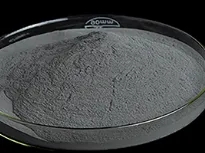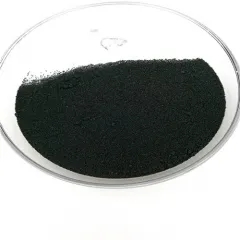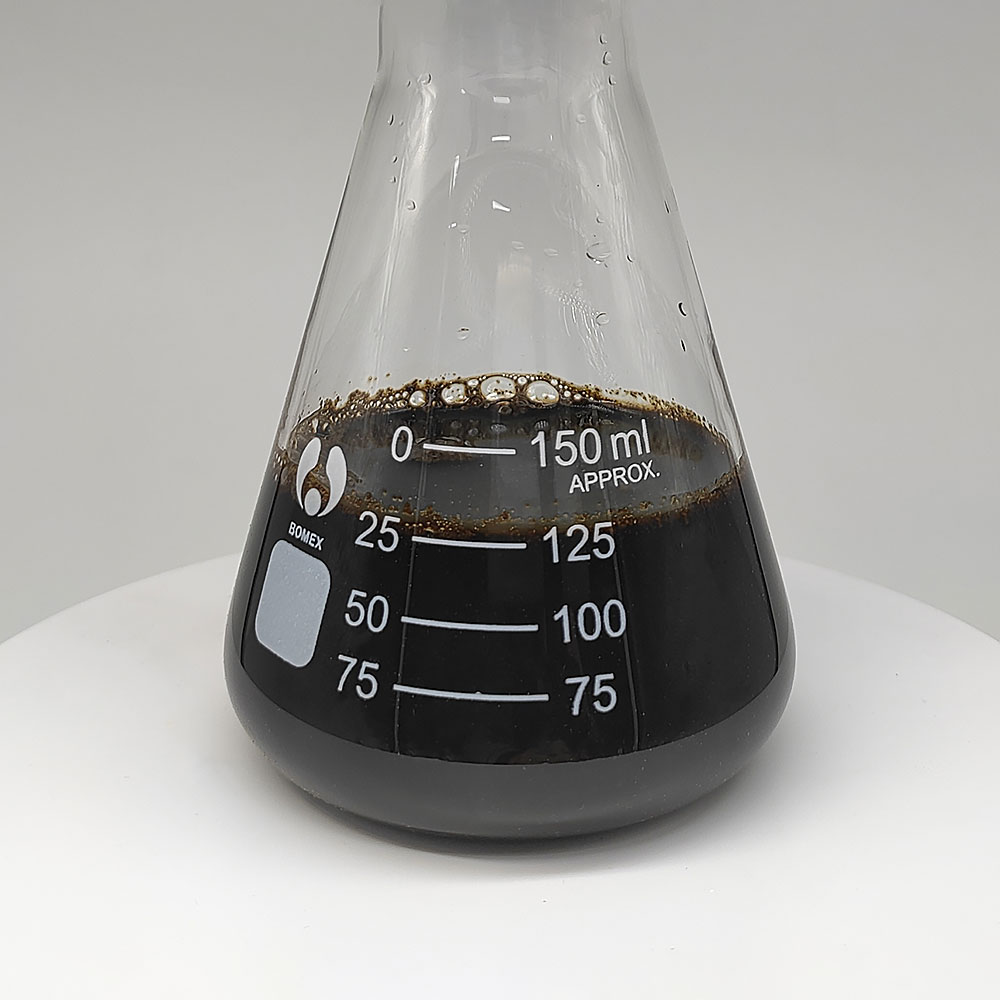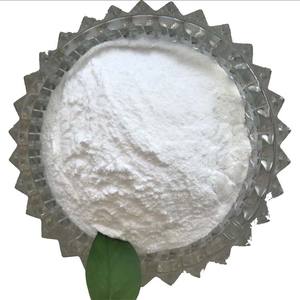Intro to CLC Foaming Agents: Enabling High-Performance Aerated Concrete Equipment
CLC (Mobile Lightweight Concrete) foaming agents have emerged as a transformative element in modern building and construction materials, allowing the production of ultra-lightweight, thermally efficient, and structurally viable concrete systems. These surfactant-based ingredients produce secure air bubbles within cementitious blends, creating a permeable microstructure that significantly lowers thickness while maintaining compressive strength. As international need expands for energy-efficient structures and low-carbon infrastructure, CLC frothing agents are playing a significantly important duty in redefining concrete modern technology toward sustainability and efficiency optimization.
(CLC Foaming Agent)
Mechanism and Chemistry Behind CLC Foaming Representatives
At the core of CLC modern technology is the lathering representative– a surface-active compound that lowers the surface stress of water, enabling air to be entrained right into a fine, consistent foam. Commonly utilized chemical family members include protein-based, artificial surfactants, and modified lignosulfonates, each offering unique bubble stability, compatibility with concrete hydration, and environmental effect profiles. When introduced into a pre-mixed slurry of concrete, sand, and water, the foam integrates right into the matrix, developing millions of separated voids that enhance insulation homes without compromising architectural stability. This procedure allows specific control over density, commonly varying from 300 to 1600 kg/m FOUR.
Advantages of CLC Innovation in Modern Building And Construction
The assimilation of CLC foaming representatives brings multiple advantages to construction techniques. By lowering material weight, they reduce structural loads on foundations and frames, allowing for thinner pieces and taller building styles. The high porosity of CLC concrete provides outstanding thermal and acoustic insulation, lowering HVAC energy intake and enhancing interior comfort. In addition, its fire resistance, mold and mildew resistance, and convenience of taking care of make it suitable for retrofitting, prefabrication, and disaster-resilient housing. In establishing economic situations, CLC modern technology uses a cost-effective alternative to standard masonry, sustaining quick urbanization with minimal resource intake.
Applications Across Civil Design and Framework Sectors
CLC frothing agents sustain a large range of applications past basic wall surface panels and floor screeds. They are extensively utilized in roofing insulation, trench backfilling, bridge joint void filling, and geotechnical stablizing where lightweight yet load-bearing fillers are called for. In eco-friendly building tasks, CLC obstructs contribute to attaining LEED qualification by enhancing energy effectiveness and minimizing symbolized carbon. Additionally, their usage in drifting concrete structures, noise obstacles, and cold storage facilities shows the flexibility of this innovation across varied design settings.
Technical Developments Driving CLC Performance Enhancements
Recent improvements in CLC foaming agent chemistry and application techniques have considerably enhanced the mechanical and durability attributes of oxygenated concrete. Nanoparticle-modified foams, hybrid frothing systems incorporating protein and artificial surfactants, and bio-based alternatives stemmed from plant extracts are obtaining grip because of their enhanced stability and eco-friendliness. Additionally, electronic application systems and AI-assisted foam generation units enable real-time modifications throughout mixing, guaranteeing consistent top quality across large-scale puts and intricate architectural forms.
Environmental Influence and Sustainability Considerations
Among the most engaging elements of CLC modern technology hinges on its positioning with round economy concepts. By incorporating industrial by-products such as fly ash, slag, and crushed glass right into the slurry mix, CLC reduces dependence on virgin products and draws away waste from land fills. Foaming representatives themselves are being reformulated to minimize poisoning and biodegradability, addressing concerns about seeping and lasting environmental impacts. In addition, the decreased transportation footprint of lightweight CLC components adds to decrease CO two emissions throughout the supply chain, strengthening its duty in lasting construction ecosystems.
Market Characteristics and Global Industry Development
( CLC Foaming Agent)
The market for CLC lathering agents is experiencing durable growth, especially in Asia-Pacific, the Middle East, and Africa, where there is solid federal government support for affordable housing and climate-resilient infrastructure. Principal in the construction chemicals sector are investing greatly in R&D to establish exclusive lathering formulas customized for various climatic conditions and regulative requirements. Strategic collaborations between product suppliers, engineering firms, and academic organizations are accelerating item advancement and broadening fostering paths. As building codes develop to accommodate light-weight concrete technologies, the demand for sophisticated CLC frothing representatives is anticipated to rise better.
Difficulties and Technical Limitations in Practical Implementation
In spite of its numerous benefits, the widespread adoption of CLC frothing agents encounters several technical and logistical challenges. Foam instability under unfavorable climate condition, inappropriate healing leading to shrinking splits, and minimal awareness among professionals stay consistent problems. Irregularity in basic material top quality– specifically concrete and sand– can influence foam retention and final strength development. There is likewise a demand for standard screening protocols and training programs to make certain appropriate execution across various project kinds. Resolving these gaps needs worked with efforts in between industry stakeholders, policymakers, and academic researchers.
The Future Overview: Assimilation with Smart Building And Construction and Eco-friendly Structure Trends
Looking in advance, CLC frothing agents will certainly play an essential role in shaping the next generation of smart and sustainable building and construction. Their combination with Structure Information Modeling (BIM), automated batching systems, and IoT-enabled surveillance tools will enable real-time quality assurance and predictive upkeep. In tandem with net-zero structure techniques, CLC innovation will support the development of ultra-low-energy structures that integrate thermal effectiveness with structural durability. As additive manufacturing and 3D printing gain momentum, frothed concrete blends allowed by CLC lathering agents might unlock new design possibilities and construction approaches previously unattainable with traditional materials.
Provider
Cabr-Concrete is a supplier of Concrete Admixture with over 12 years of experience in nano-building energy conservation and nanotechnology development. It accepts payment via Credit Card, T/T, West Union and Paypal. TRUNNANO will ship the goods to customers overseas through FedEx, DHL, by air, or by sea. If you are looking for high quality Concrete Admixture, please feel free to contact us and send an inquiry.
Tags: foaming agent, foamed concrete, concrete admixture
All articles and pictures are from the Internet. If there are any copyright issues, please contact us in time to delete.
Inquiry us


















